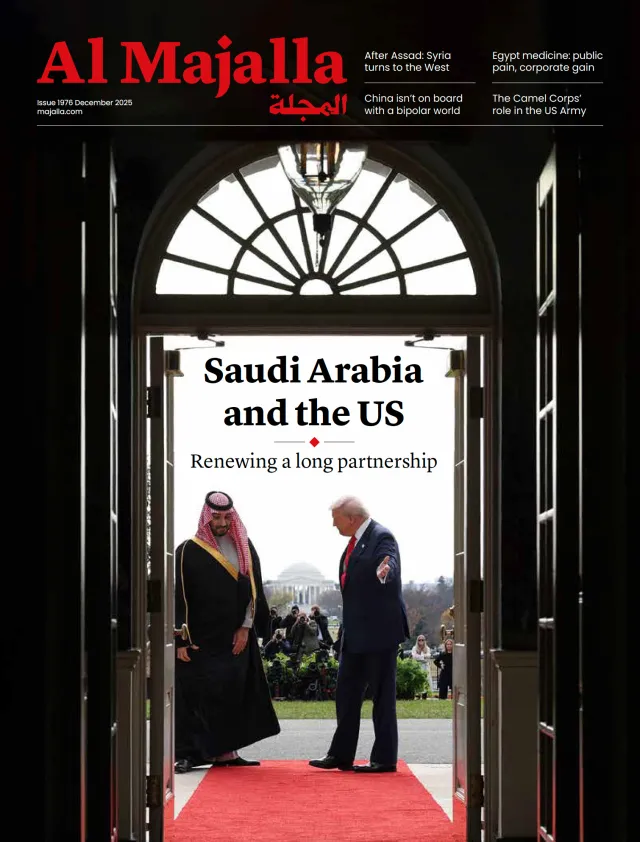There is a clear and deliberate connection between Saudi Arabia’s co-chairing of an international conference in New York to revive the two-state solution and its decision to send a high-level investment delegation to Syria just days earlier. At the heart of both is a strategic push to return to diplomacy and reopen political and economic horizons after a decade of devastating conflict, strengthening hardliners and breeding chaos.
That chaos was in evidence in Syria’s southern governorate of Sweida earlier this month, after local tensions erupted in a brutal wave of violence. Hundreds of Druze, Bedouin, and security forces members were killed, with the authorities having reportedly lost control of their fighters in the bedlam that led Israel to strike targets in Damascus, sending a clear reminder of its two red lines: the protection of the Druze community and the preservation of security arrangements in southern Syria.
Stepping in
Amid this increasingly complex landscape, Saudi Arabia seized the initiative by deploying a high-level business delegation headed by Investment Minister Khalid Al-Falih. The visit yielded billions of dollars in immediate investment agreements that are poised to generate tens of thousands of jobs. The economic impact will be substantial for a war-ravaged nation, but the political message is even more important: Saudi Arabia commits to stabilising Syria’s reconstruction and institutional rebuilding.
The fall of the Assad regime in Syria (brought down by fighters led by interim President Ahmed al-Sharaa) has delivered one of the most strategic blows to Iran since the revolution in 1979. This setback has been compounded by the grave blows dealt to Hezbollah and Hamas in Lebanon and Gaza, respectively.




